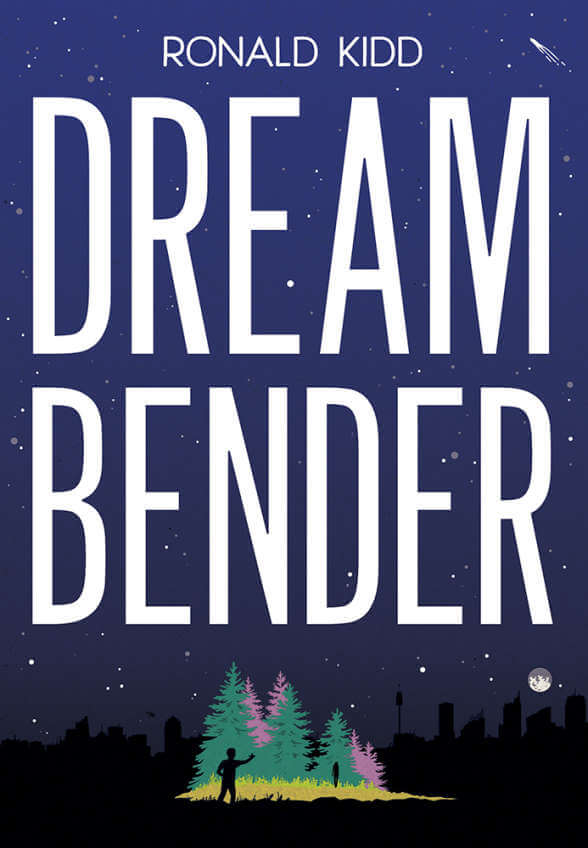 “DREAMBENDER,” by Ronald Kidd, Albert Whitman & Company, March 1, 2016, Hardcover, $16.99 (ages 8 and up)
“DREAMBENDER,” by Ronald Kidd, Albert Whitman & Company, March 1, 2016, Hardcover, $16.99 (ages 8 and up)
When the Warming came, it changed how people lived. The arts became dangerous, a distraction from the needs of many, and so they disappeared.
Callie Crawford is a computer. Not a computer in the sense we know them now, but what they are in the future — someone who works with numbers. Everyone in the City has a job — keeper, catcher, computer. It’s what they’ve been assigned, and most people are happy in their work. Callie knows what she does is important but wonders if there’s something more.
Jeremy Finn is a dreambender. As the title suggests, his job is to adjust, or bend, people’s dreams. When people dream of violence, those thoughts are quietly twisted away. The same goes for thoughts of music and art. People in the City must never become too focused on feelings; that’s how the Warming came in the first place.
You’d think that once a dream was altered, the original would disappear, but not for the dreambenders; they keep hold of those dreams and can relive them whenever they choose. The problem is Jeremy thinks music is beautiful, and when he visits a dream in which Callie is singing, he wants her to be able to relive it, too.
Fascinated with a girl he’s never met, Jeremy defies the rules and sets out to meet Callie. But no one in the City knows about the dreambenders, and meeting Callie sets off a chain of events that will challenge everything people have come to know and count on.
“Dreambender” is dystopian without the violence or hopelessness that often accompanies the genre, making it more suitable for middle readers. Although, author Ronald Kidd’s prose adds a sophistication that YA readers will appreciate. At 256 pages, the book is relatively short and its pacing makes it a fast read overall.
Of the two main characters, Callie is the more refined, but Jeremy is infinitely more interesting. I found his overall story arch to be more thought provoking and his questioning nature more realistic. He’s someone I’d actually want to spend time with in real life.
“Dreambender” is a self-contained novel — something that should happen more often. Because of that treatment, it has a tighter, more polished feel. Every word and action has a visible purpose, making for a more enjoyable reading experience.
